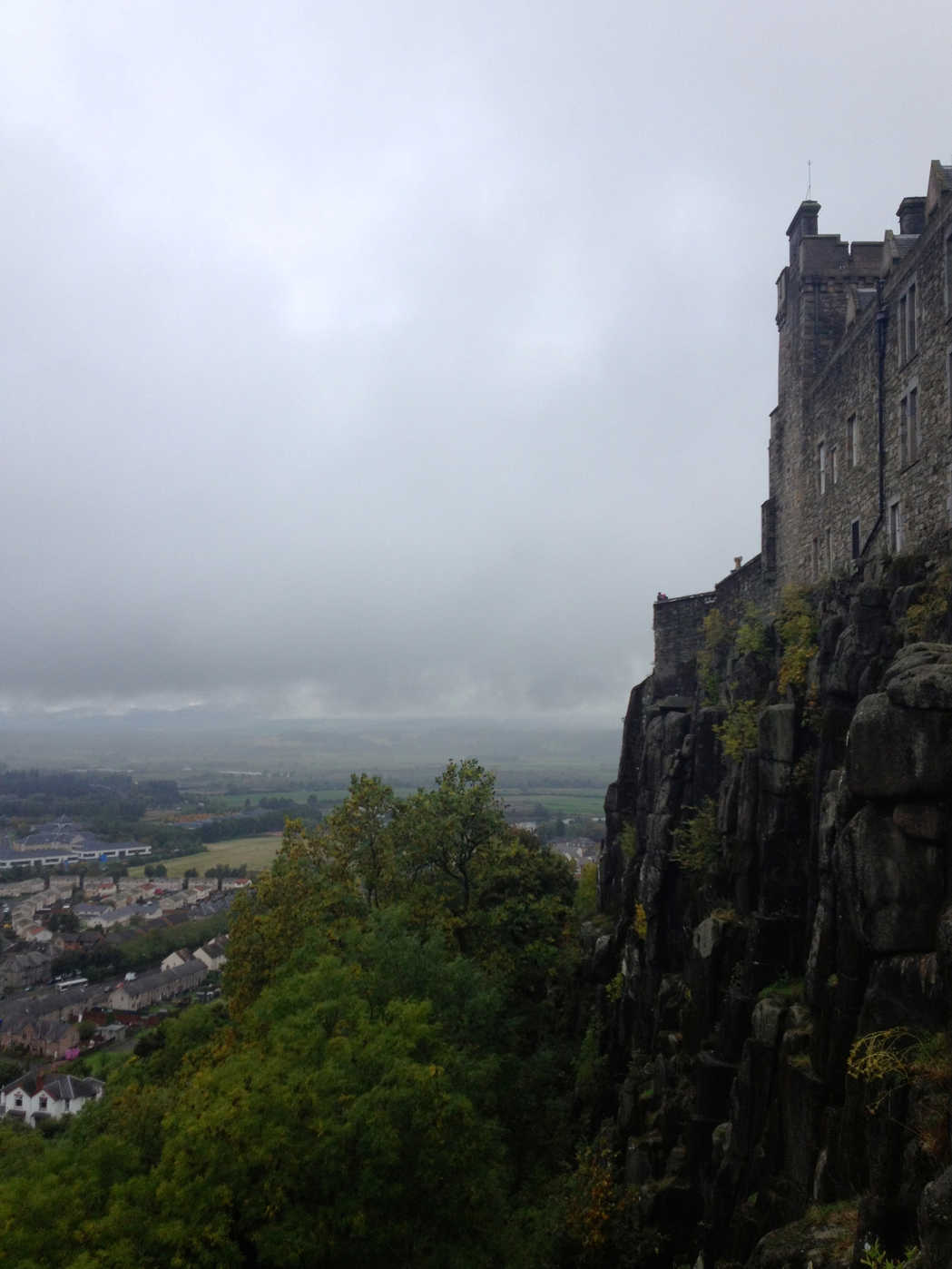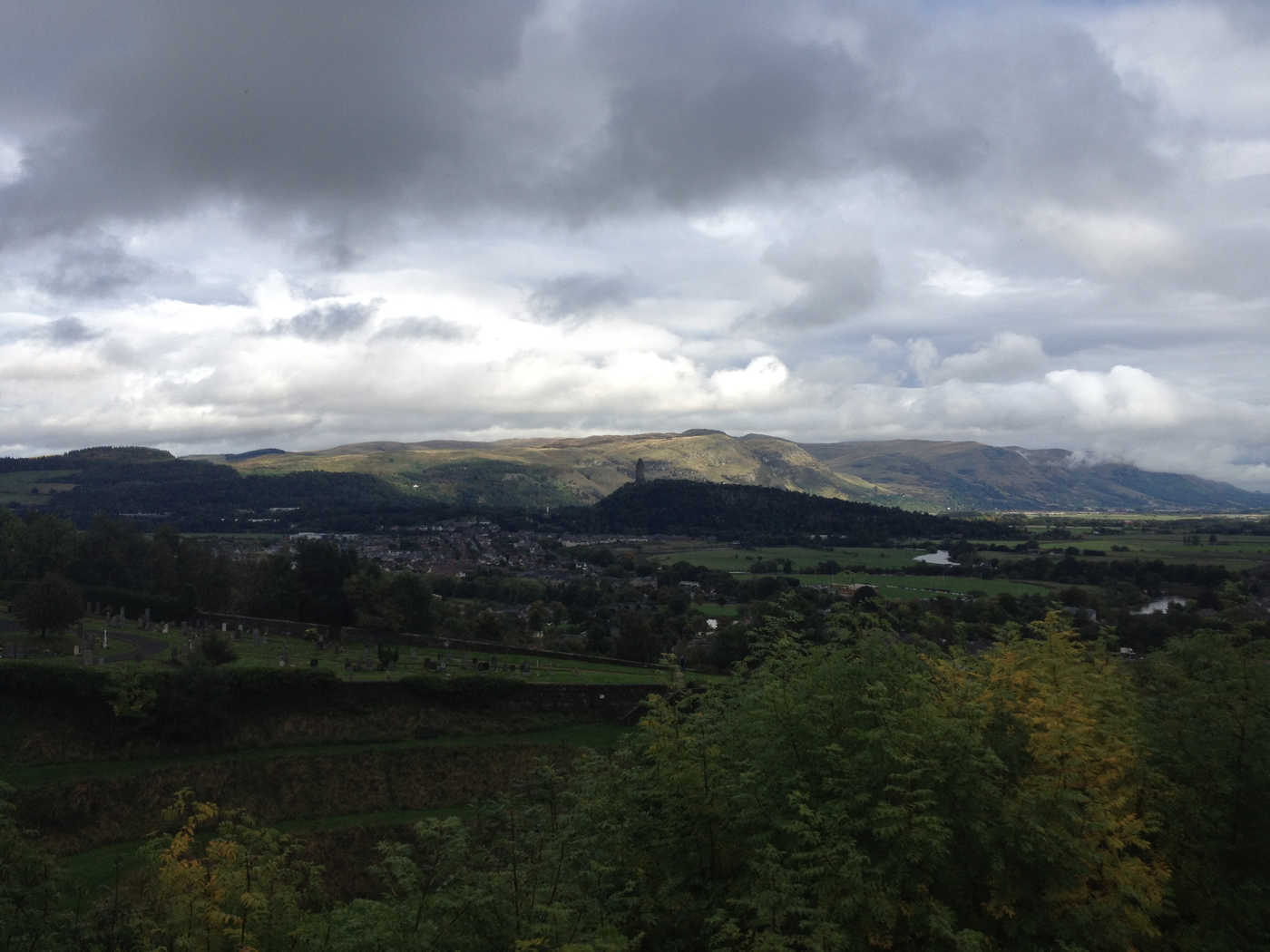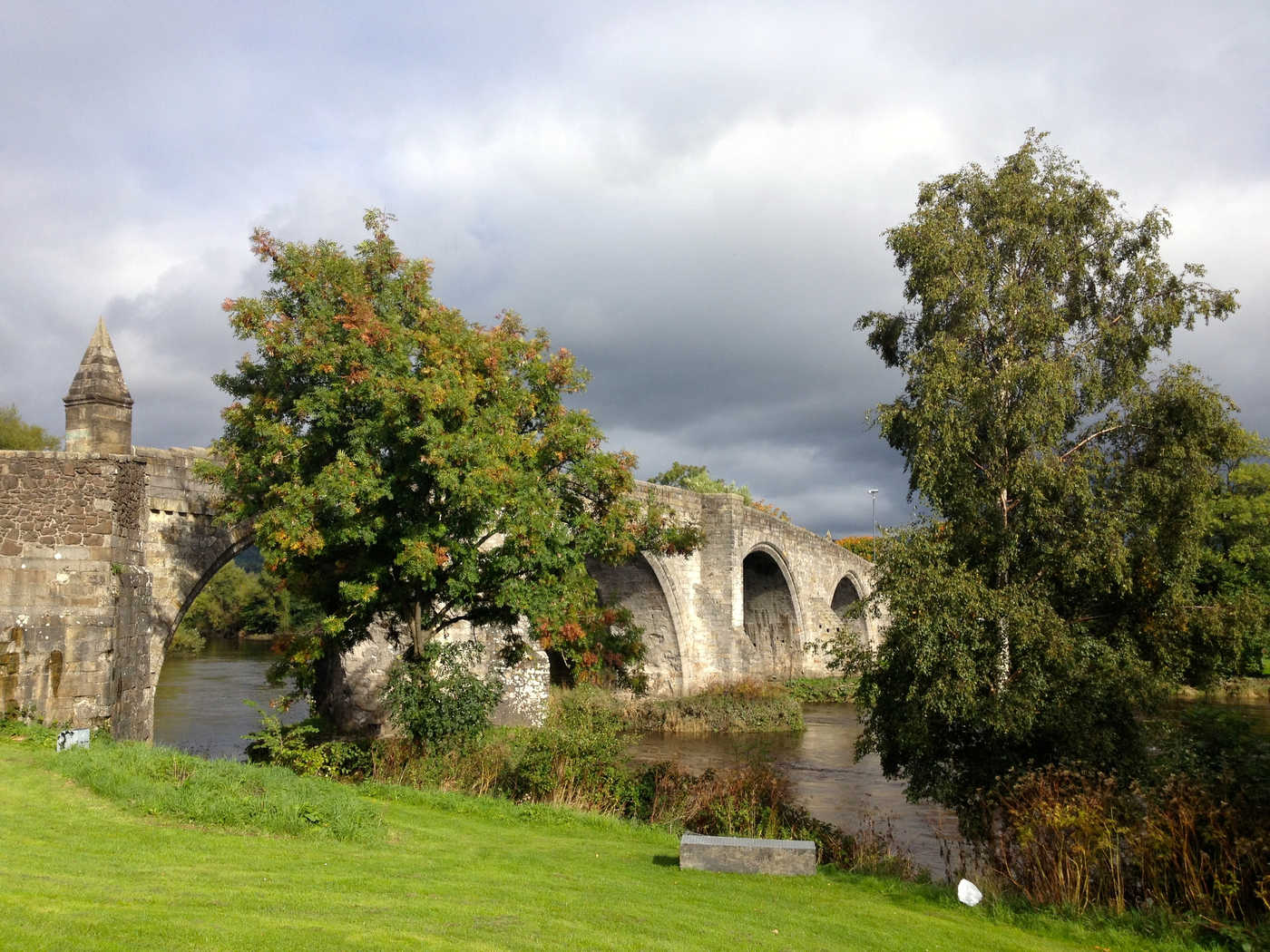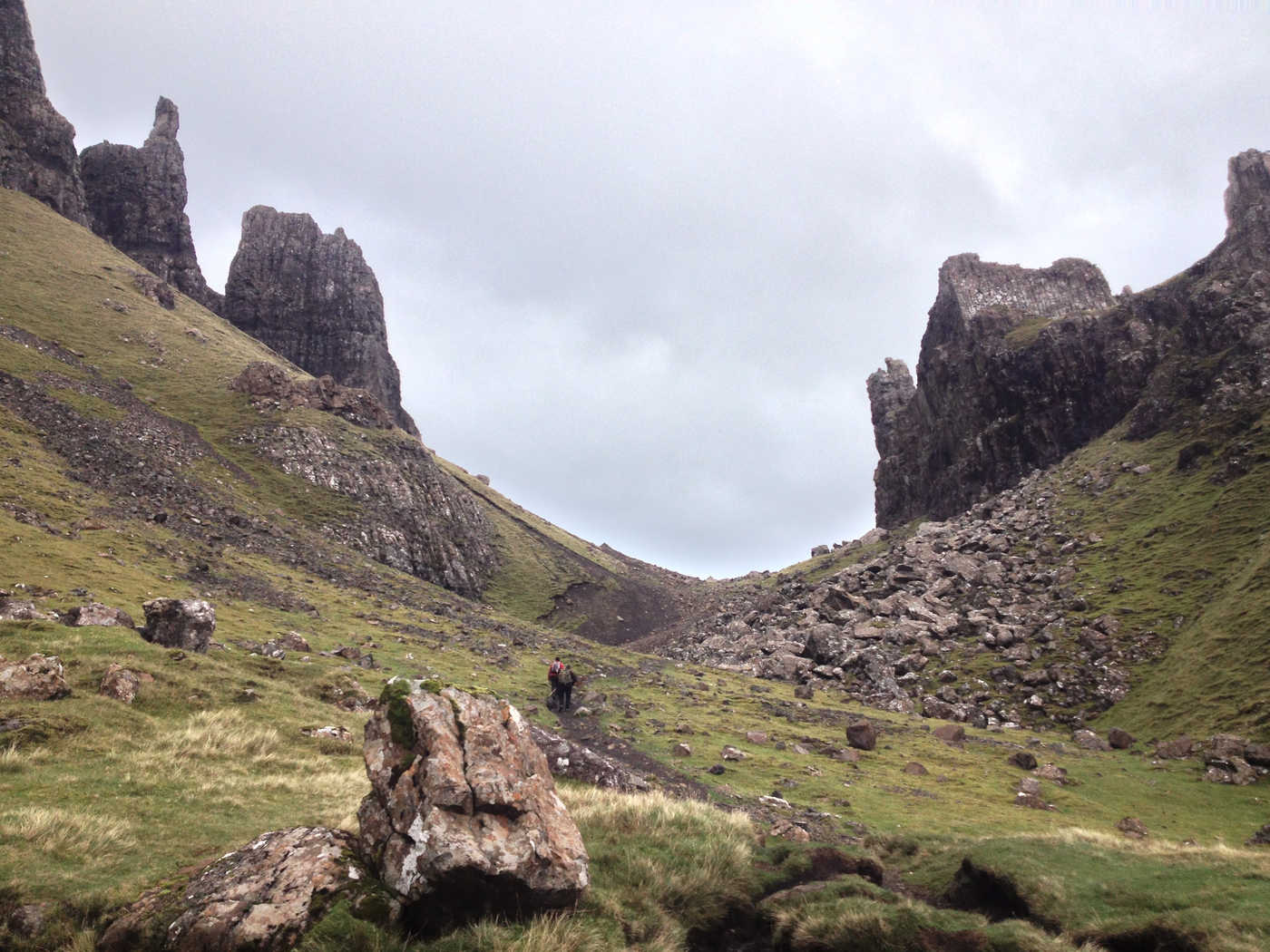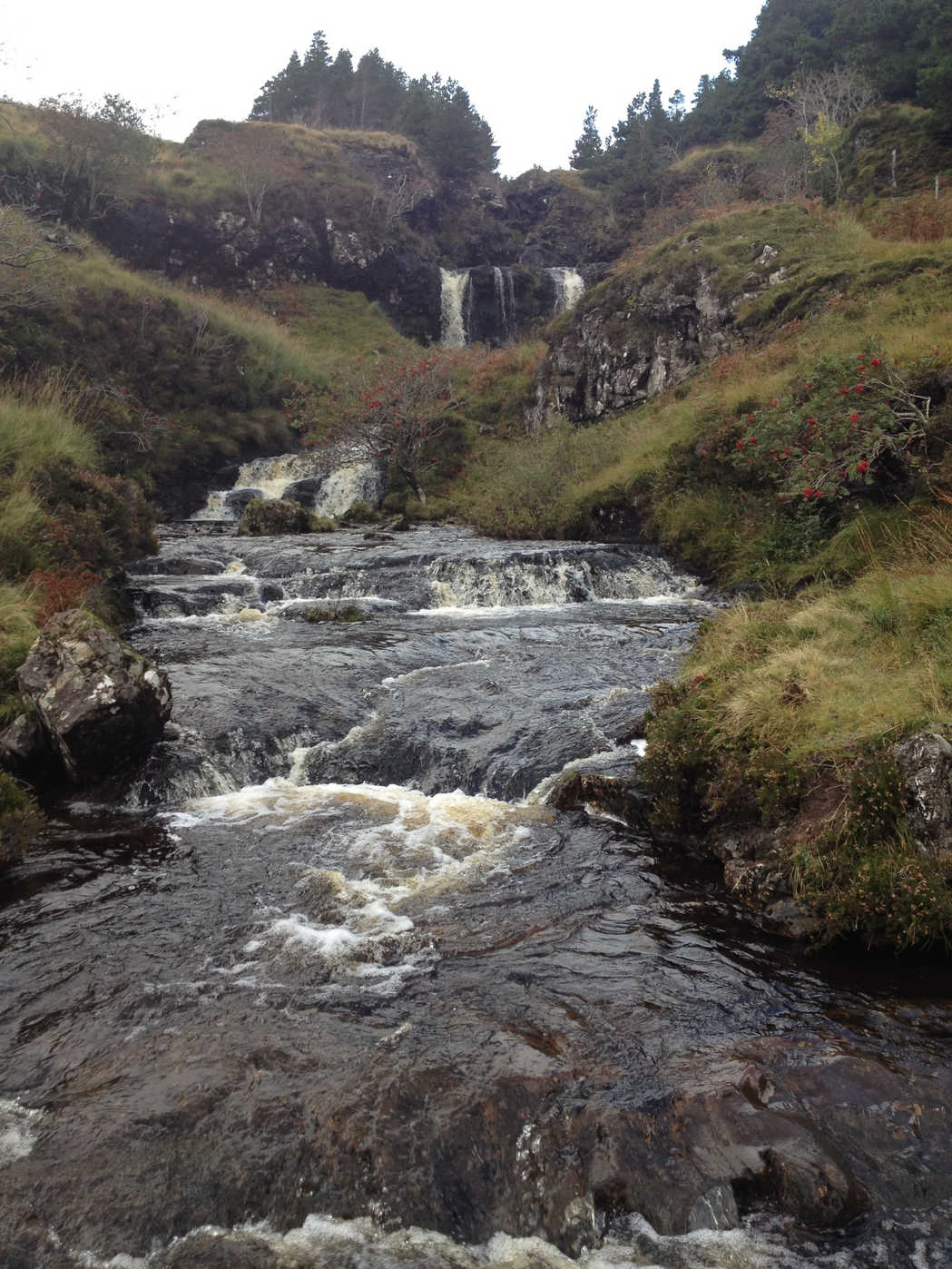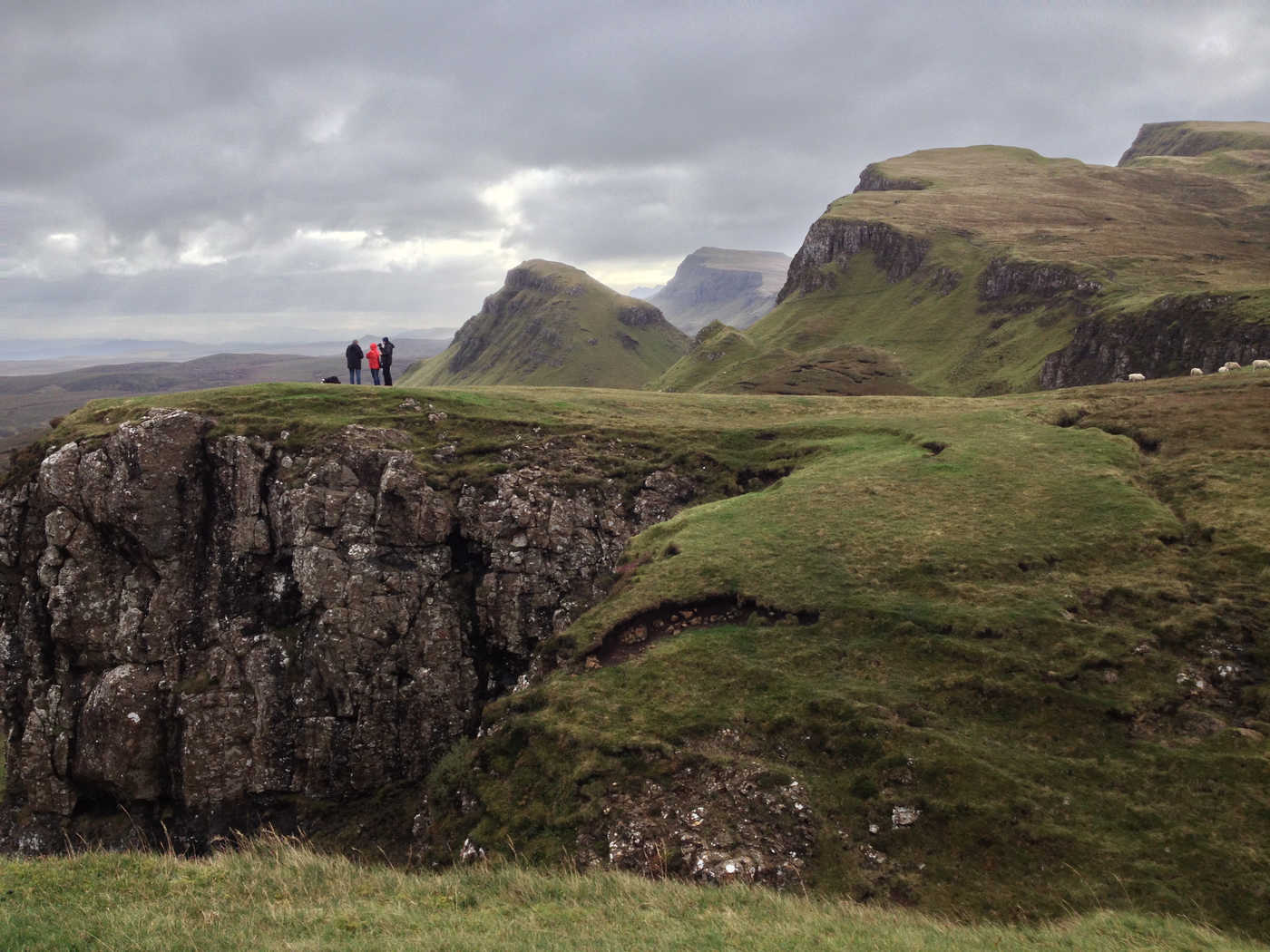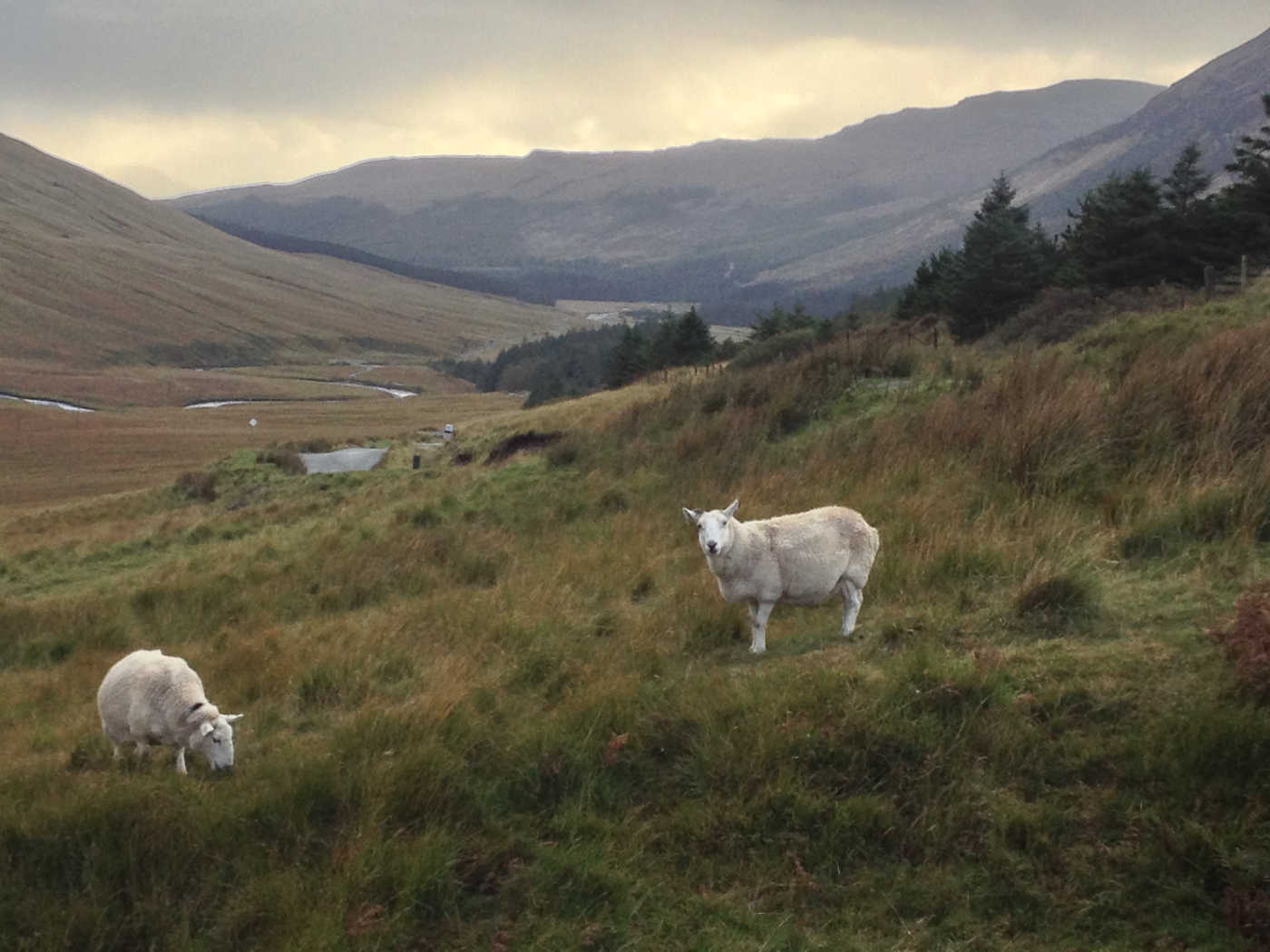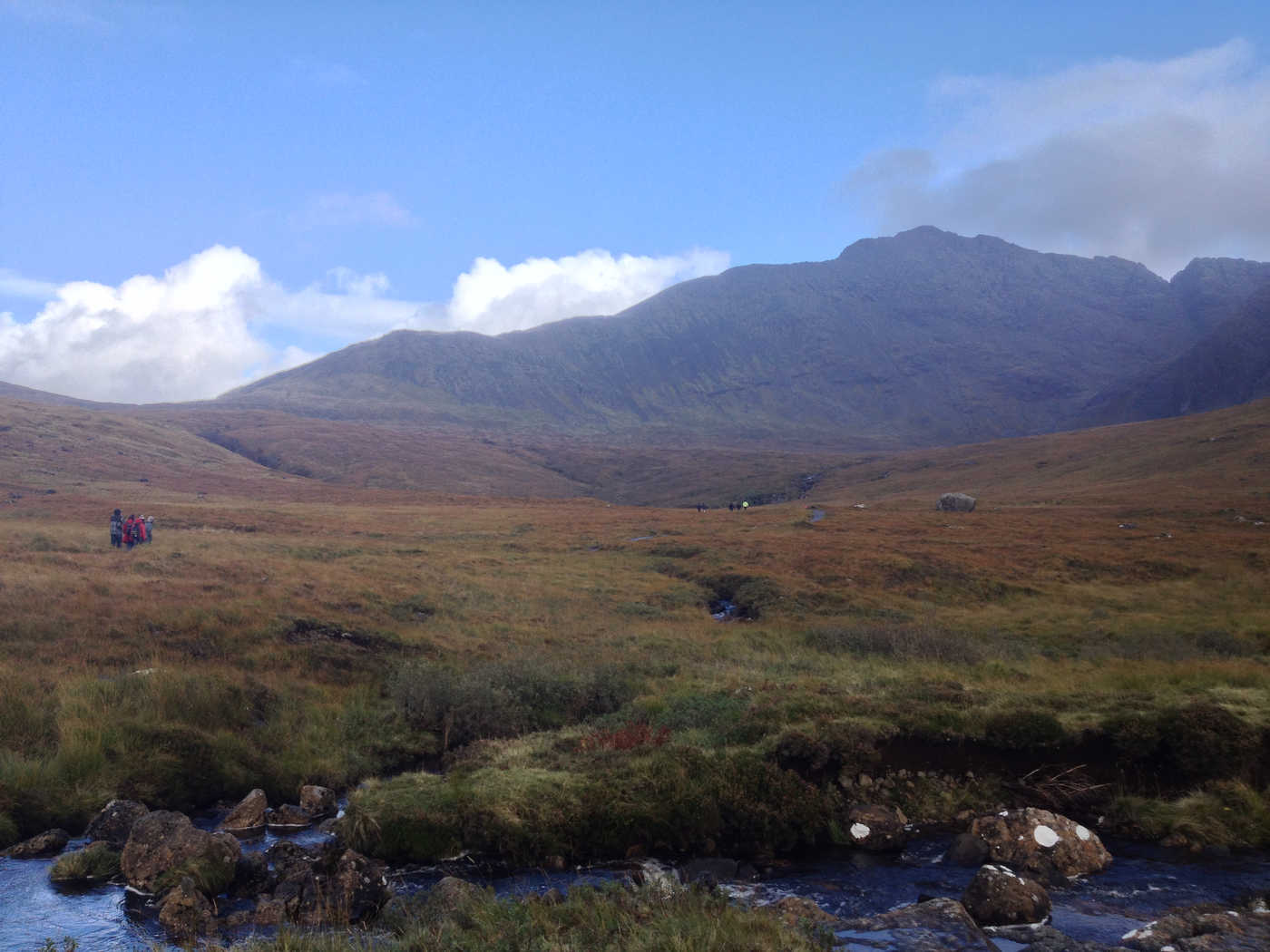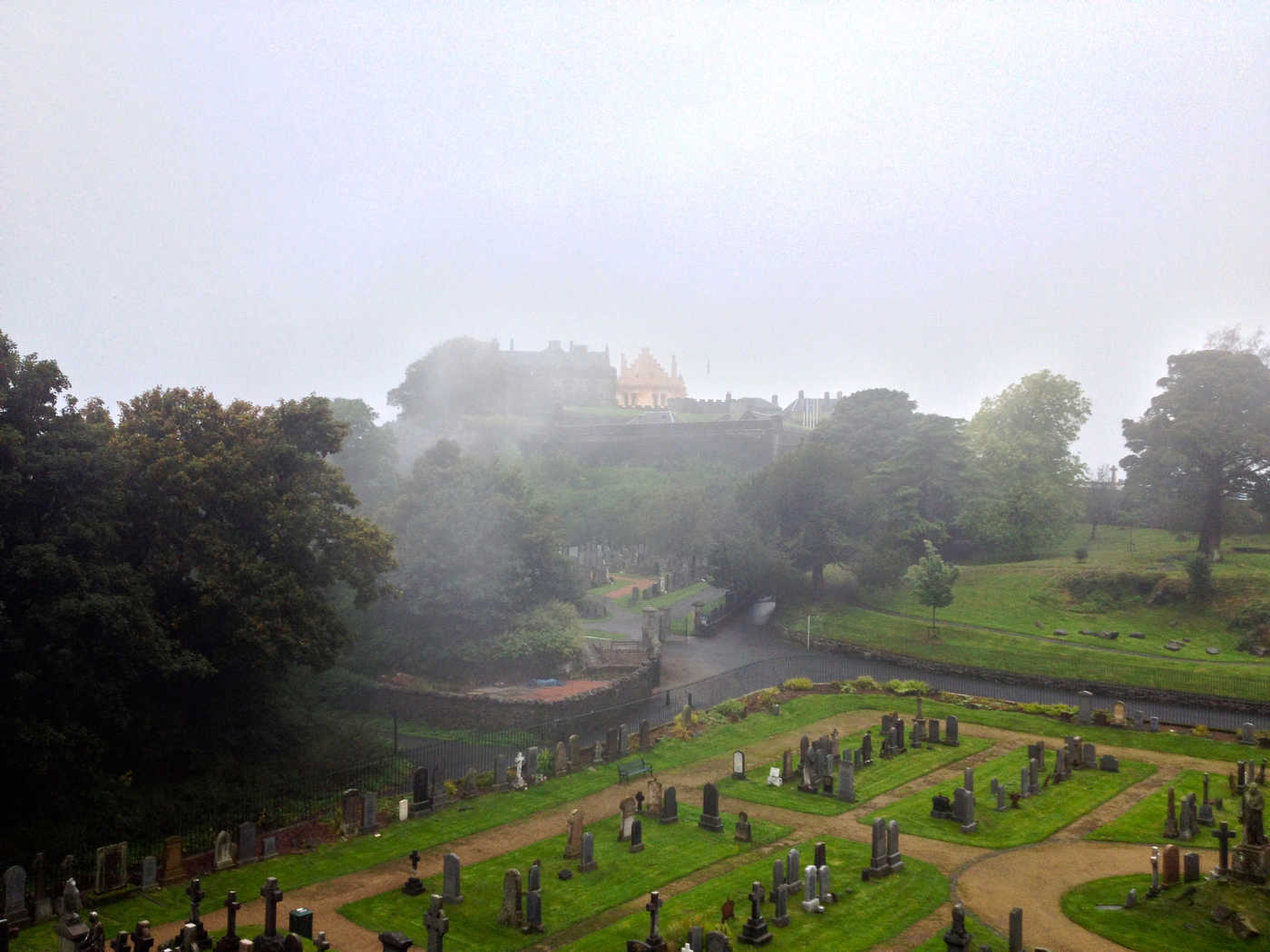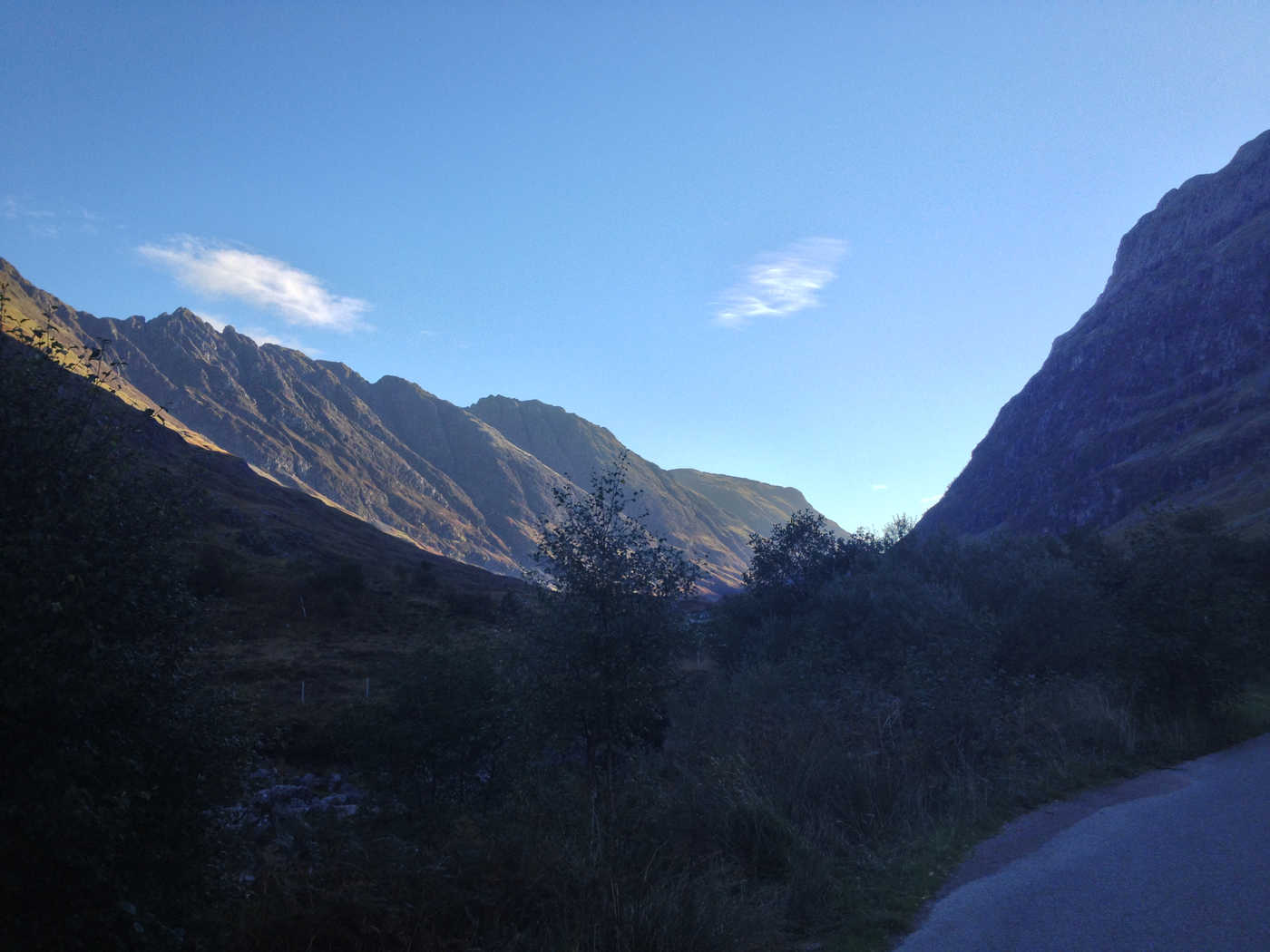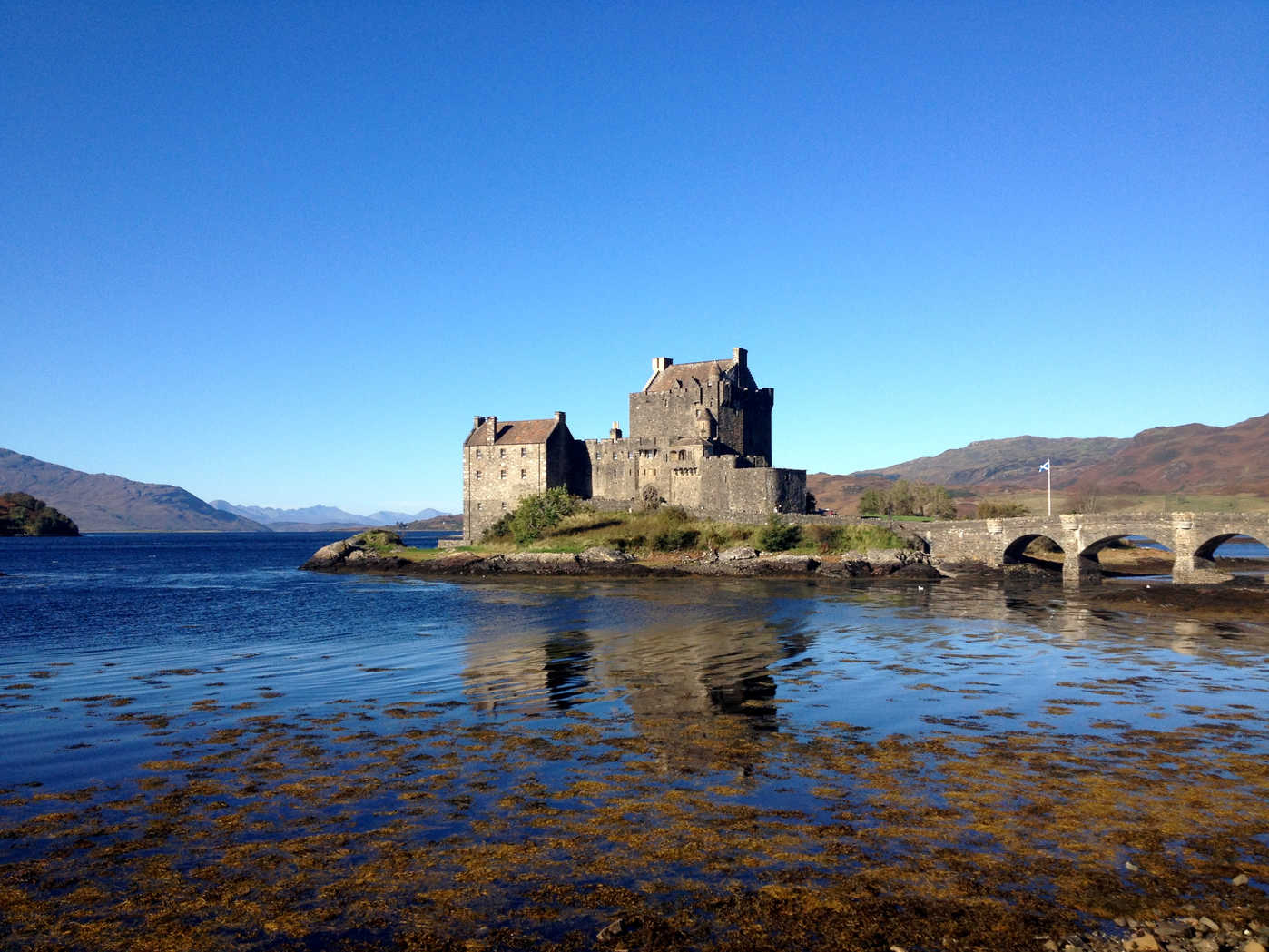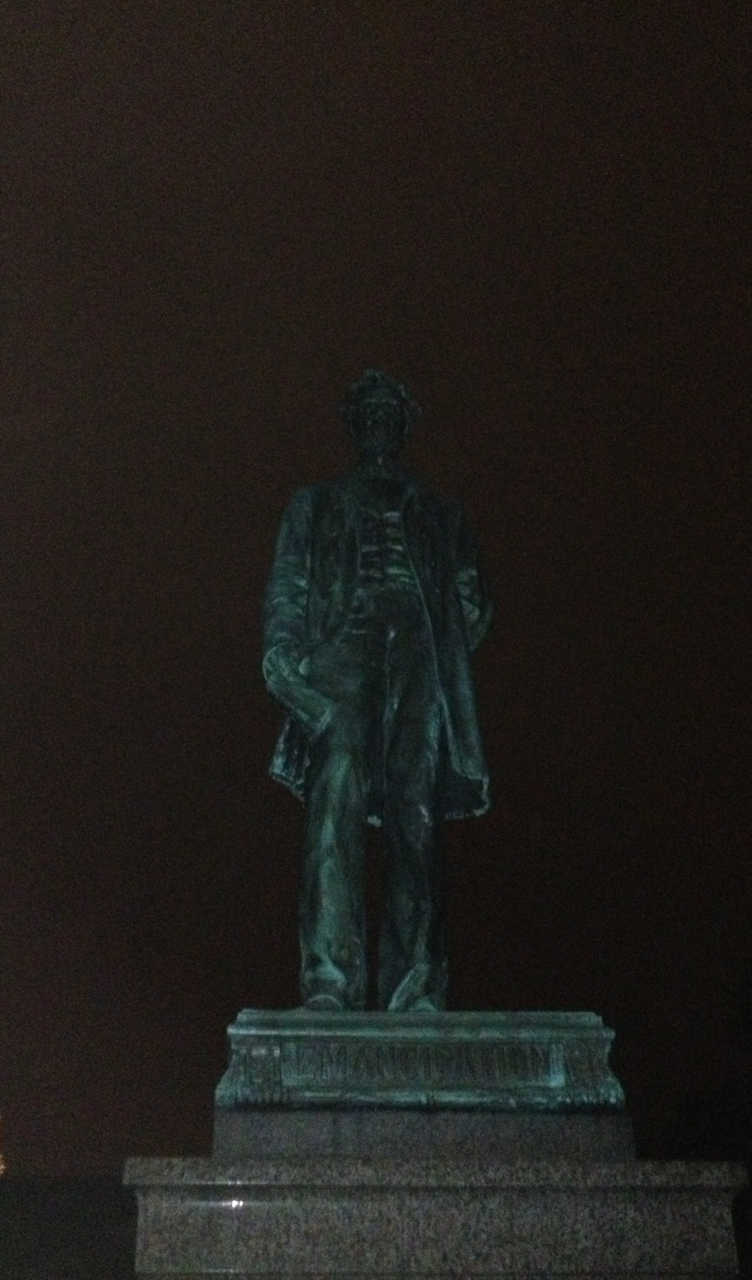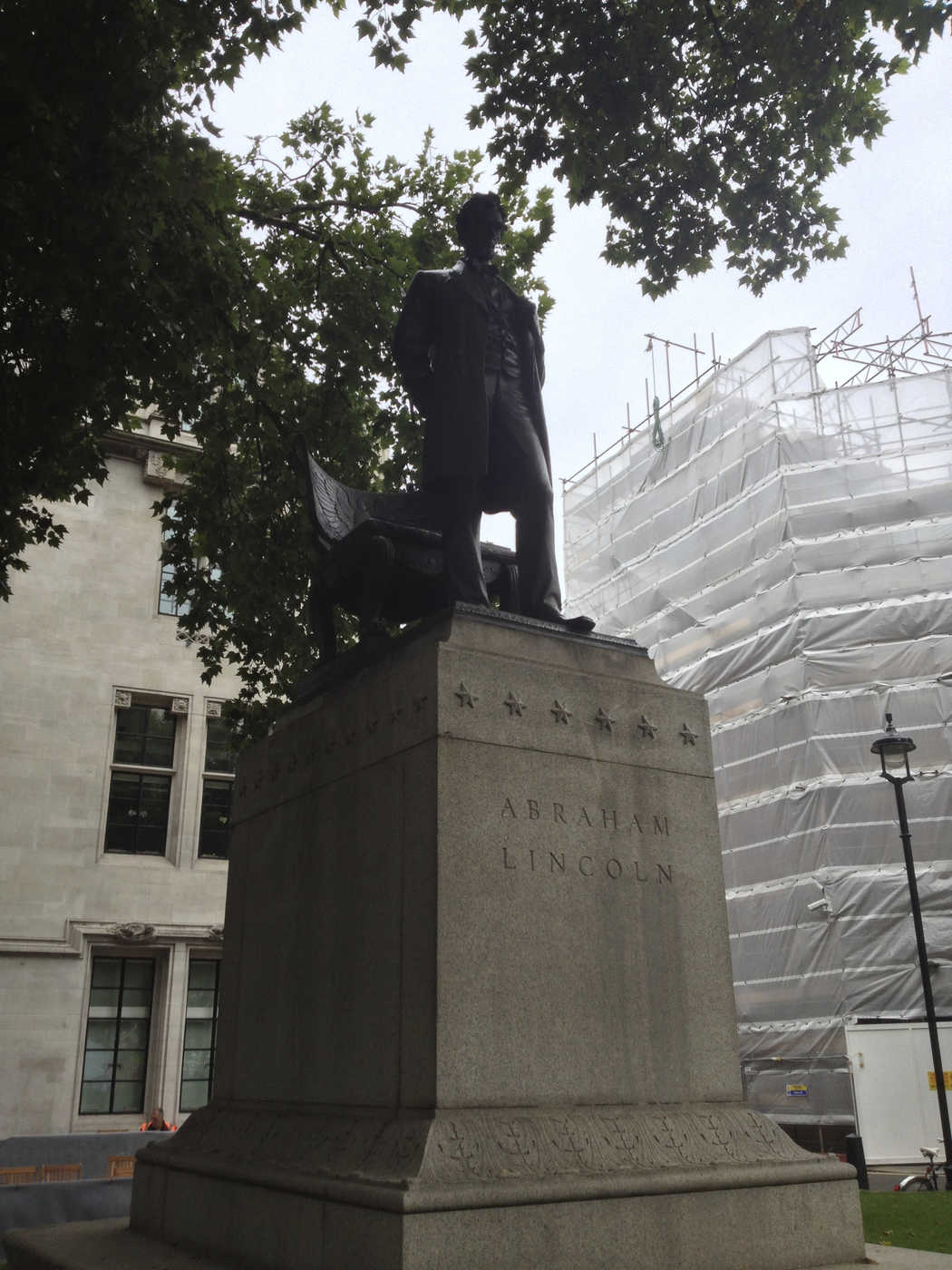Stirling
Stirling is home to William Wallace, Robert the Bruce, the Scottish Monarchy, and “Scotland’s only African safari”. Stirling—as readers of this blog know—was the key to Scotland; the only convenient gateway between the Highlands and the fertile Lowlands. And the key to Stirling is a river crossing between two groups of hills.
On one hill is Stirling Castle, one of the UK’s great castles. The castle and its battery of cannons watch over the village below. It was for a while the favored residence of the Scottish monarchy, and has been beseiged sixteen times, variously by English fighting the Scots, Scots fighting the English, and Scots fighting other Scots.
On a crag near the other hills, the Wallace Monument.
Down below is Stirling Bridge.
In the 12th century, a conquering English army had been cutting through Scotland, and only a barely organized rabble stood to oppose them at Stirling Bridge. The English were confident and decided to cross the bridge three abreast. A relatively unknown minor Scottish noble named William Wallace had taken command on the other side, and decided to let about half the English cross the bridge, emerging disorganized onto the muddy banks, while the Scots stood ready. You can guess what happened next.
The bridge, it is said, collapsed as the English piled up on top of each other in retreat, a desperate mass of bodies living and dead. That might be a legend, but the current bridge is not the old one.
The Highlands
Past Stirling are the Highlands, and past the Highlands are more Highlands. There’s a whole bunch of touristy stuff in the southern Highlands. Loch Lomond and Glen Coe are here, as well as a large number of holiday towns and Scotch distilleries. The Southern Highlands are a favorite holiday destination among the English, among the most beautiful places in the United Kingdom, yet not too far from the civilized Central Belt.
Here us Americans have an advantage, because unlike the English we are used to bountiful nature, and we are used to long drives. Many of the spots in the Southern Highlands had a beauty that were—for me at least—slightly routine. They are breathtaking as such beauty usually is, but there are a thousand places that, whereas they might not reach that stunning level, have overall a similar feel. So, you adventurous travelers (inasmuch as driving in a car is adventurous), brave the roundabouts and the narrow, wrong-way-oriented roads and keep going. The Great Glen Fault divides the Highlands in two, Loch Ness settled in the long fault valley. Pass the fault, beware the monster and avoid the tourist traps and eventually reach this alien land…
This is a desolate land. Many of the roads have one lane for both directions, a design with which Americans might not be familiar. If you meet another car one of you will have to pull over, or reverse to the nearest spot with enough room to do so. There are more sheep than people, and there are wild sheep also, with few natural predators to bother them. There are also free-roaming cows of the hairy and non-hairy varieties, and various other animals, but the sheep are seen more often because under their placidity lies a paradoxical, blithe adventurousness. They wandering over roads and hike up precarious, scrabbly slopes upon which men and Scotsmen fear to tread. In an economic system called crofting—held over from feudal times, written into law uniquely for the Highlands as private capitalism overtook most of the farmland in the UK—land rights come with the right to graze sheep on public land. Often, these lands are public parks, and the trails and roads are shared with the free-roaming sheep.
But the Highlands do not have hours-long stretches of total depopulation as one might find in the States; there are always little towns here and there, often with only a few dozen or few hundred people. Nor is the scenery ever boring. There are few flat places in the far Highlands.
The Highlands are the source of most things that we have come to think of as ‘Scotland’. Kilts, tartans and tweed; bagpipes and Gaelic songs; the impoverished crofters with communal farms; Highlander warriors and the thin red line; these all belong to the Highlands. The Lowlands were fairly Anglicized throughout history—the Scots language itself coming from Middle English[1]—until the revival of Scottish nationalism in the late 18th century onward.
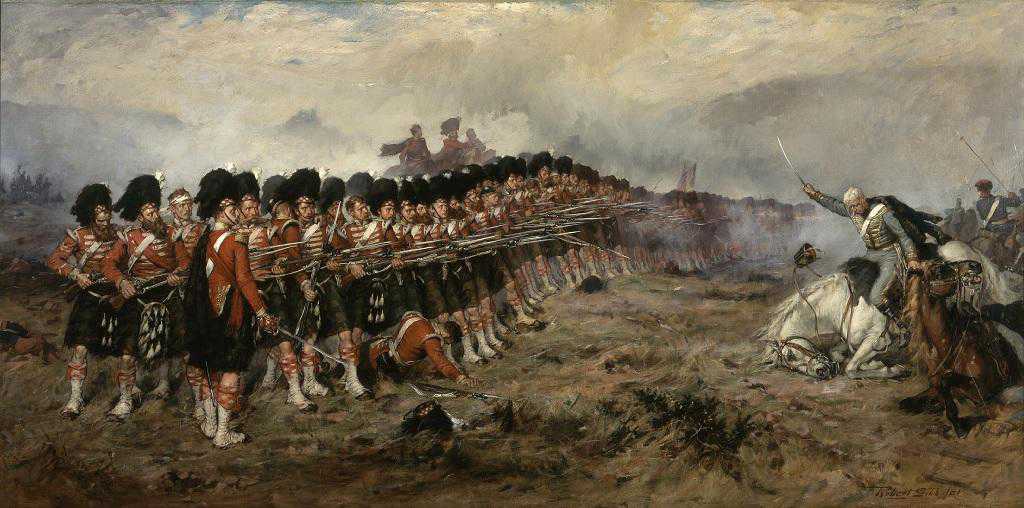
Don’t expect to find many kilts or Highland warriors today, however, but you will find people who are quite friendly, down-to-earth, and very very Scottish. But not too many of them: The upper Highlands are sparsely populated and sparsely civilized, with almost no industry. The economy breaks down approximately like this:
- 33% tourism
- 33% sheep
- 33% vast quantities of nothing
- 1% Scotch whisky
and the far reaches are like something from a science fiction movie, maybe one directed by Ridley Scott. They are remote and alien. There are fewer people per square mile than Sweden, Norway, or almost anywhere else. The weather is by turns sunny and stormy, and like a quantum field, it is constantly changing, defies prediction, and sometimes exists in several states at once.
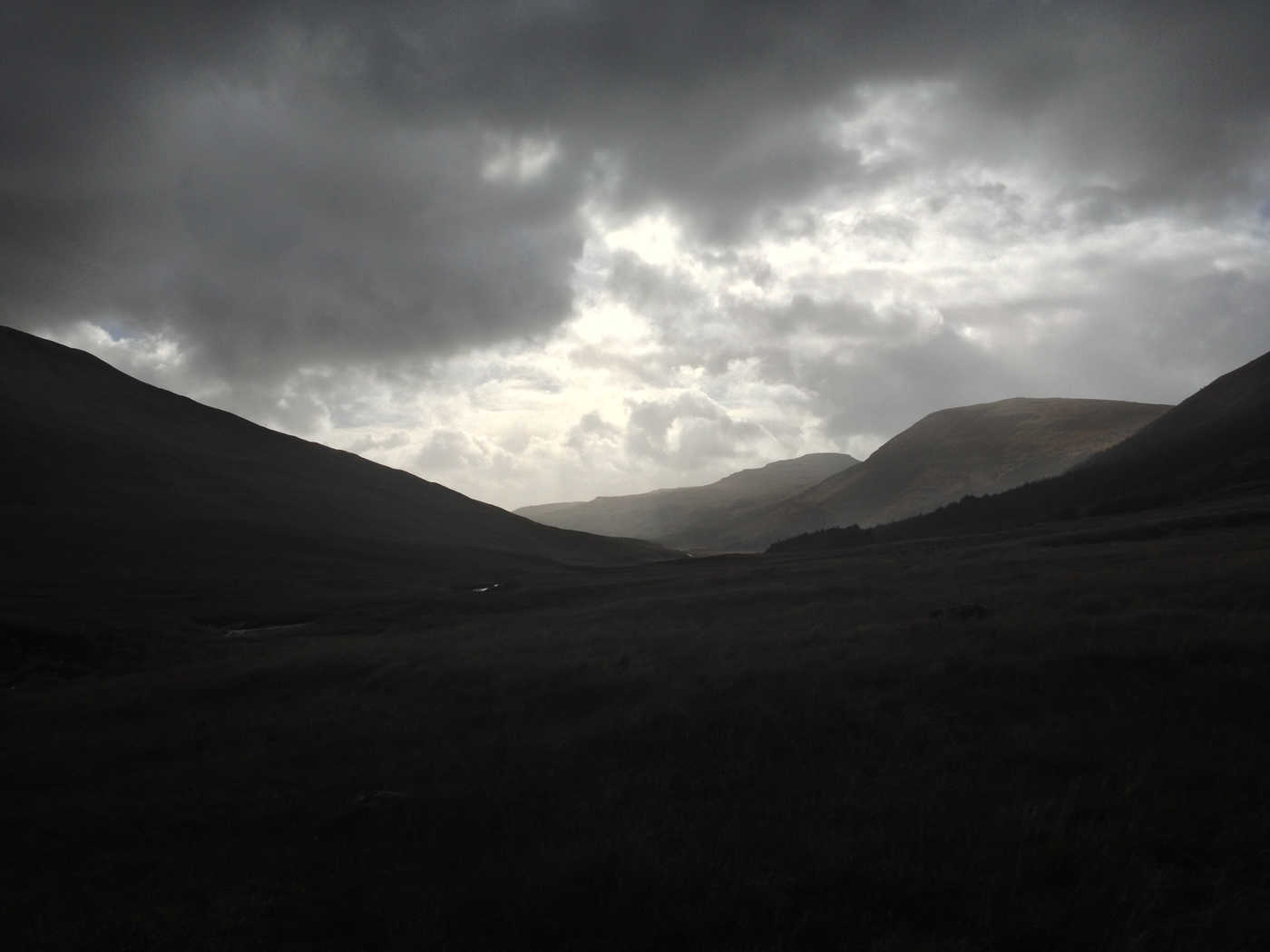
John Fogerty once sang about rain on a sunny day. He should have visited the Isle of Skye, the only place where I’ve seen hail on a sunny day. But, one supposes, hail on a sunny day doesn’t have the same poetic quality, especially when you are caught in it.
I could have stayed here a lot longer, as I had not even reached the strangest and most remote areas, but I made promises at my next destination…
Bonus pictures
Footnotes
[1] There are some people who like to argue about whether Scots is a language or a dialect. The former camp has gotten around to making a Scots Wikipedia. Wikipædia is a project tae big a free encyclopædia in mony leids. This Scots edeetion wis shapit on 23rd Juin 2005. We hae 18,130 airticles the nou.
Credits
The Thin Red Line, painted by Robert Gibb in 1881, is in the public domain.
